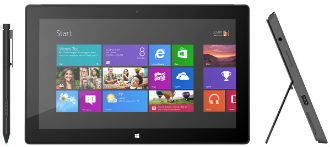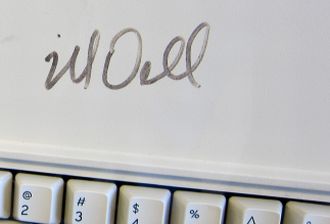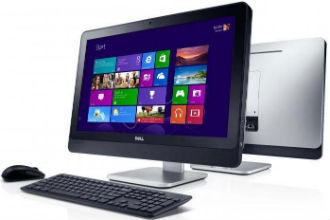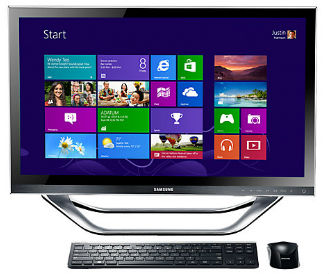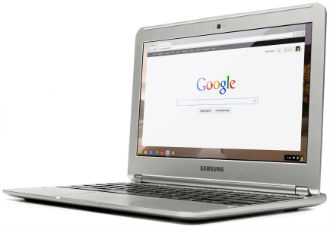 Tablet sales are going through the roof, but some consumers still prefer the flexibility of a proper PC. According to a Deloitte survey, laptops are still huge on college campuses, which makes sense as it’s easier to copy papers and download illegal torrents on PCs.
Tablet sales are going through the roof, but some consumers still prefer the flexibility of a proper PC. According to a Deloitte survey, laptops are still huge on college campuses, which makes sense as it’s easier to copy papers and download illegal torrents on PCs.
The survey found that 82 percent of college students own PCs and 80 percent have smartphones. However, although tablets are popular among every age group, just 18 percent of college students in the US have one. Deloitte concluded that the combination of smartphones and laptops simply makes tablets redundant in a campus setting, reports Marketwatch.
There are a couple of factors contributing to the popularity of traditional PCs among students. First of all they are still unbeatable when it comes to productivity. While tablets may be more practical for reading and researching, nobody is going to write a paper on a tablet. In addition, PCs are incredibly cheap right now, so a low-end PC often costs less than an iPad mini. We also think gaming and storage have something to do with it. When they’re not writing papers, students can use their boxes to play or enjoy some movies or TV shows.
In addition, many PC vendors are offering tempting deals designed specifically for cash strapped students. Dell University, HP Academy and Apple’s Educational Pricing programmes offer big discounts in the US, although the same doesn’t apply to most European markets.
The only trouble is that students don’t like to spend much, so they usually go for the cheapest possible box. They aren’t very likely to choose fancy all-in-ones or small form factor PCs, but there are also quite a few gamers in the mix and they have no choice but to go after high-end PCs or pricey upgrade components.
